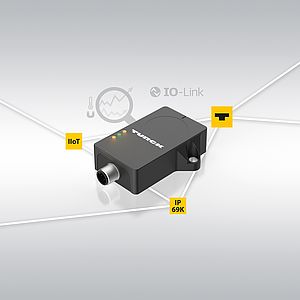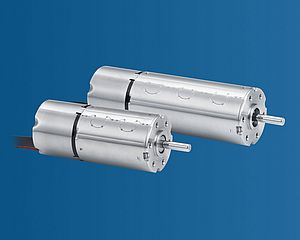Driving a car at low rpms causes torsional vibrations that passengers perceive as a hum. A new type of centrifugal pendulum helps reduce these vibrations.
Fraunhofer researchers will be presenting a prototype of this pendulum at the 2013 Hannover Messe from April 8-12 (Hall 2, Booth D15). Instead of hanging from a string, the pendulum is fixed to a rotating disc. This means it is not driven by the forces of gravity, but rather by centrifugal force - and it is the level of this force that determines the frequency at which the pendulum oscillates. The pendulum's oscillation works against the torsional moment, and this diminishes vibrations on the overall system. While the centrifugal pendulum has been used in aircraft for decades, it was first applied in cars in 2008. Until now, these pendulums have played a passive role. The engine speed determines the pendulum frequency, and the only frequency at which the pendulum can oscillate is the one set by the engine speed. Experts refer to this as the first-order oscillation frequency.
In addition to a number of other vibration-reducing systems, researchers at the Fraunhofer Institute for Structural Durability and System Reliability LBF in Darmstadt have now developed a semi-active pendulum. It oscillates not only at the first-order frequency, which is the frequency set by the engine speed, but also at half frequency, or at the 0.5th order. As a result, it can reduce torsional vibrations in a broader frequency range.






















































